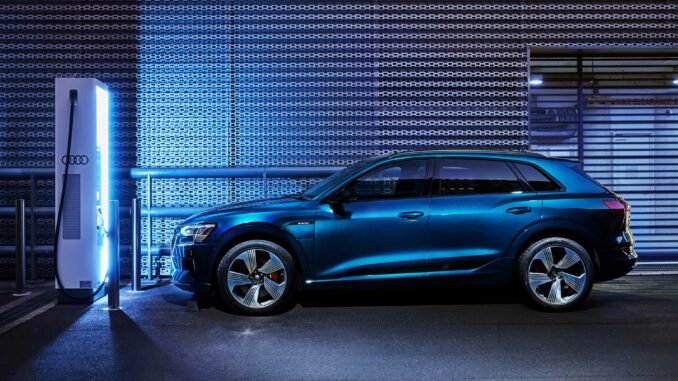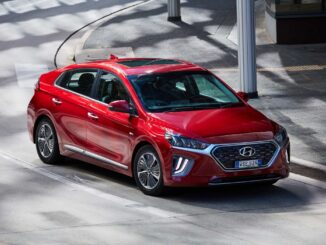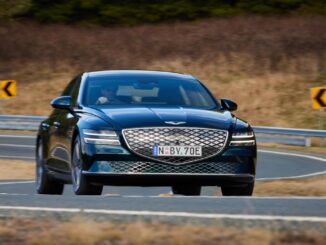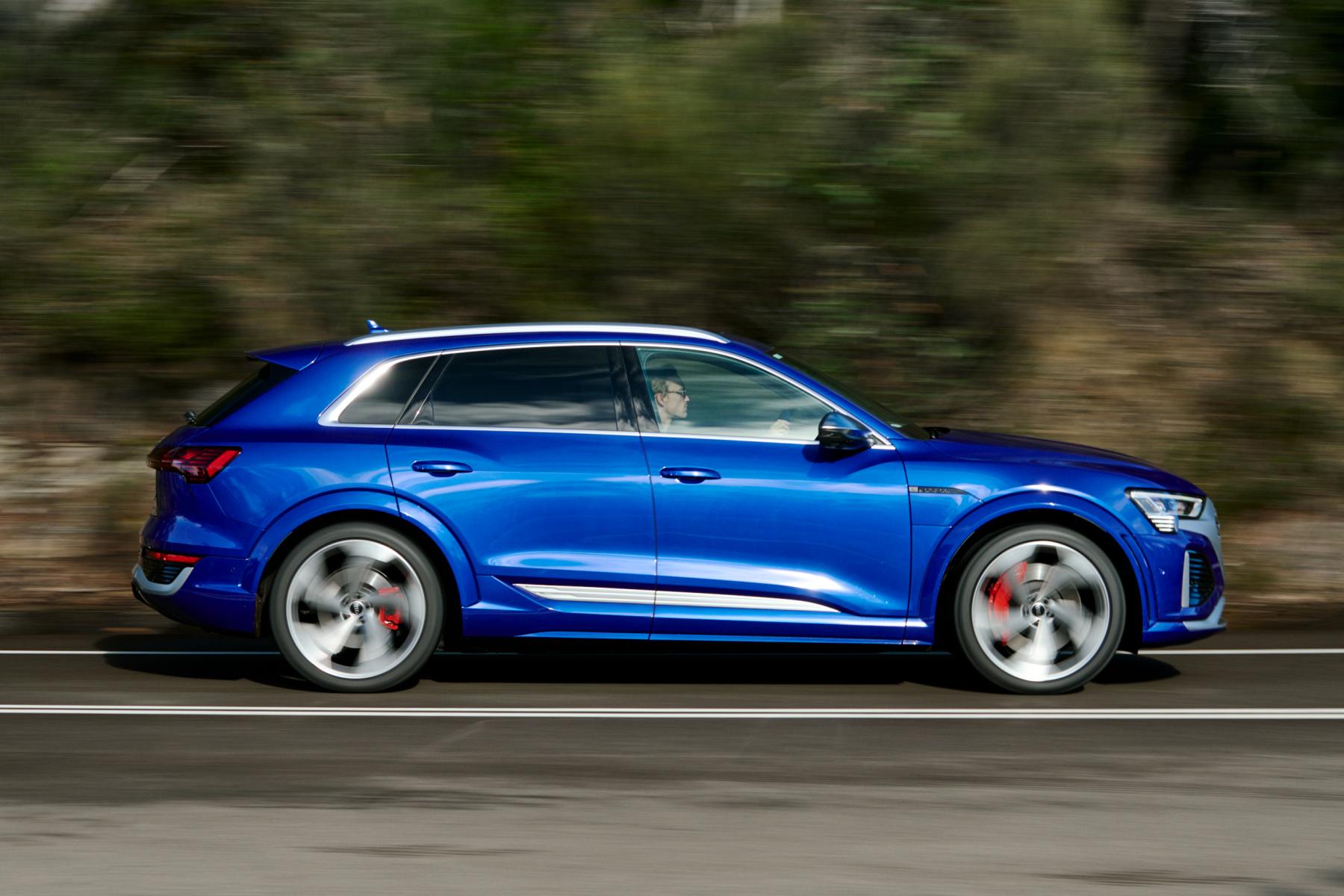
Cars used to be these formidable vehicles, powered by heavy engines, pumping hundreds of liters of gasoline and spewing out grey fumes everywhere they went.
That was all there was to it — enthusiasts loved them for the implied manliness as well as the mechanical feel to operating these machines.
Nowadays, such cars are all but a relic of the past. No company would risk producing models that pollute so much and are much more difficult to operate than their modern counterparts. Producers stop making manual transmission models of their vehicles because the demand is falling — is the same fate awaiting cars that depend on fossil fuels to run?
If the latest market trends are anything to go by, then yes. Electric cars do not only take in increased sales in recent years. More importantly, their speed at which companies develop their products is mind-boggling. Vehicles running on electricity are much more efficient and resilient than their fuel-dependent relatives.
Not to mention how electric cars impacted the car diagnostic industry — with seamless connectivity and reliance on computer systems for much of their functions, such vehicles can be analyzed remotely, with the majority of issues being fixable by simply uploading the correct setting or patch file to fix the anomaly.
Of course, not all of the repairs and tweaks can be done online – physical damage or malfunctioning parts require actual, human servicing. This process is also made easier thanks to modernization because the professionals should already know the root of the problem since the basic diagnosis was done by the car’s software itself.
Reassessed Fundamentals
One of the most prominent things that people making the switch to electric cars struggle with is the drastic difference in basic maneuvering. Electric vehicles are much more responsive than even the best carbon-fueled cars. It’s not that surprising if you think about it. Regular engines are much bigger and depend on a lot more machinery and parts to properly respond to driver input. All of that machinery has been replaced with wires and digital means of transmission, meaning that the car responds to your commands instantly. This is how the new Tesla Roadster is able to go from 0 to 60 mph in just 1.9 seconds!
When they first get behind the wheel of such a car, drivers get instantly caught off guard by this extreme responsiveness. It takes some getting used to, but when you finally get it right, you will never want to look back. Everything just runs so smoothly. It’s not only acceleration — everything from the brakes to seat adjustment has virtually zero input lag. Almost as if the car knew what you were going to do before you actually did it.
Charging
The last stronghold of gas car salesmen. Simply put, the charging points for electric-powered cars have not caught up with gas stations worldwide. There are loads of places in the world where you won’t be able to find a charging station nearby and your car is dangerously low on power. Whereas some vehicles can traverse longer distances than others, with mileage varying from as low as 100 miles to as much as 620 in the Tesla Roadster.
You need to seriously consider the distances that you go through on a daily basis, as well as the charging infrastructure in your area. If you travel across hundreds of miles per week in a rather remote area and find yourself running low on battery then having a fully electric car might not be the best idea for you.
If you live in a city, and you basically need a car just to get to work and back, with small excursions out into the nearby countryside once in a while, an electric vehicle should be one of your primary options. It might be more expensive at the start but will save you lots of money in the long run.
Let the Car help you
Another game-changing feature of electric cars is their capability for implementing AI and other computer solutions in order to make driving as safe and seamless as possible. Autonomous vehicles are creeping upon us and it is only a matter of time until they start taking over as the most reliable means of transportation.
Self-driving features aside, even nowadays, electric vehicles equipped with modern, on-board computers can help the driver in a wide plethora of ways — from parking assistance to cruise control mode, which lets the car maintain a steady speed, leaving you to basically only control the wheel and be aware of your surroundings.
Driving Reimagined
Cars fueled by electricity seem to be the natural next step for the automotive industry. However, they are a completely different beast than the classic, gas-powered machines that also roam our streets. If you’re an enthusiast of roaring engines and all of the technicalities that come with gas-powered cars, you might find yourself disappointed with the electric option.





Be the first to comment